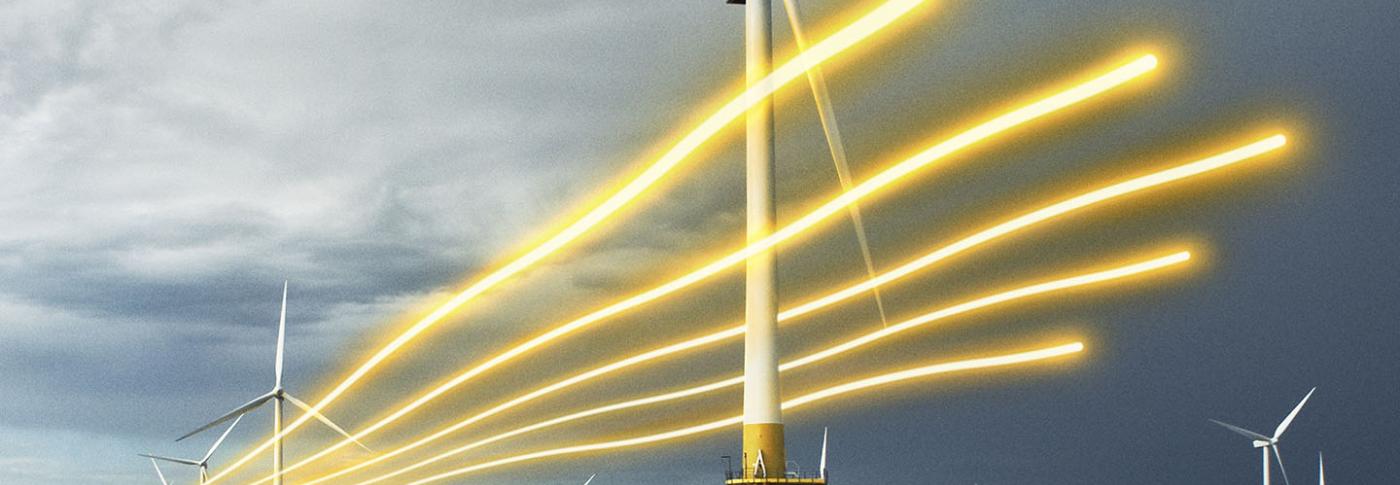Allianz Trade has released its latest research on greening global trade, reviewing which countries produce and consume most green goods.
Greening global trade, one container at a time looks at the share of environmental imports and exports to total imports and exports in 2022, with Allianz finding that Germany, Japan and South Korea are the largest suppliers of green goods, but Germany, the UK and France are the largest consumers.
Between 2000 and 2022, Germany has seen the largest increase in exports of environmental goods as a share of GDP (+6.9pps), followed by South Korea (+6.2pps) and China (+5.0pps), while US exports fell by -1.3pp over the same period.
Some small economies also have a comparative advantage: In 2022, North Macedonia, the Slovak Republic and Hungary had the largest green trade surplus (measured as a percentage of GDP) due to their specialisation in a few environmental products that account for a significant share of their exports.
Barriers to trade in environmental products are still significant, with tariffs at a high 5.4 per cent compared to 8.6 per cent for all goods, but the main obstacle to green trade is protectionism in the form of non-tariff measures such as technical barriers to trade or export-related measures. If green trade is to increase, then removing all tariffs on green goods could help boost exports volumes by over 10 per cent per year, or about $184bn, Allianz believes.
To be truly green though, there can be no green trade without green shipping. Approximately 11bn tonnes of goods are carried by sea every year worldwide (85 per cent of total global trade), a figure that is estimated to triple by 2050. Though maritime transportation is currently responsible for only about 3 per cent of global greenhouse-gas emissions, this share could surge to 17 per cent by mid-century if no action is taken today.
© 2019 Perspective Publishing Privacy & Cookies



.jpg)





Recent Stories